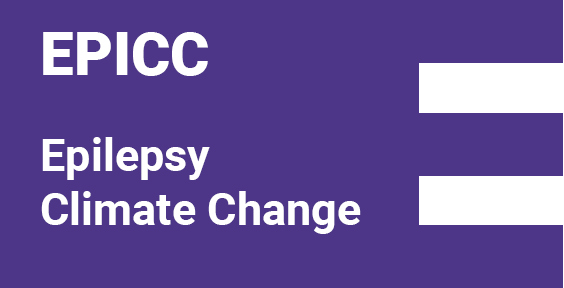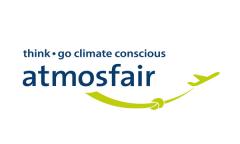Taking action against climate change

Ambition statement of EPICC
The purpose of Epilepsy Climate Change (EPICC), our new virtual global initiative, is to foster research, share knowledge, disseminate information and promote practices that reduce contributions to climate change and help mitigate its effects for people with epilepsy. EPICC is a venue for discourse, generation of useful activities and encouraging change from within the epilepsy community.

How can individuals, clinics and people with epilepsy take action?
We can all make a change by learning and raising awareness of the impact of climate change on healthcare and neurological conditions and act to reduce our carbon footprint. We invite everyone interested in joining EPICC to read our Memorandum of Understanding.
Carbon footprint calculators
WWF carbon footprint calculator
The planet is in crisis - from climate change to the pollution in our oceans and devastation of our forests. It's up to all of us to fix it. Take your first step with WWF's environmental footprint calculator.
Gov.uk carbon footprint calculator
The MacKay Carbon Calculator provides a model of the UK energy system that allows you to explore pathways to decarbonisation, including net zero by 2050.
Atmosfair
Atmosfair is a German non-profit organization that actively contributes to CO₂ mitigation by promoting, developing and financing renewable energies in over 15 countries worldwide.
It’s time to take action
Become a member with us at EPICC and take action against climate change today.
Footnotes:
EpiCC, Epilepsy Climate Change
References:
1. Sisodiya SM et al. Epilepsia Open 2019; 4:524–536.
2. World Health Organization. COP24 special report: health and climate change. Geneva: World Health Organization 2018.
Available at: http://www.who.int/iris/handle/10665/276405 (Accessed July 2021).
3. Sisodiya SM et al. Epilepsia Open 2019; 4:524–536.
4. Seizures and Hot summers 10-08-20
5. Frucht MM et al. Epilepsia 2000; 41:1534-1539.
6. Rifkin DI et al. Sleep Med Rev. 2018; 42:3-9.
7. Gulcebi MI et al. Epilepsy & Behaviour 2021; 116, doi: 10.1016/j.yebeh.2021.107791.




